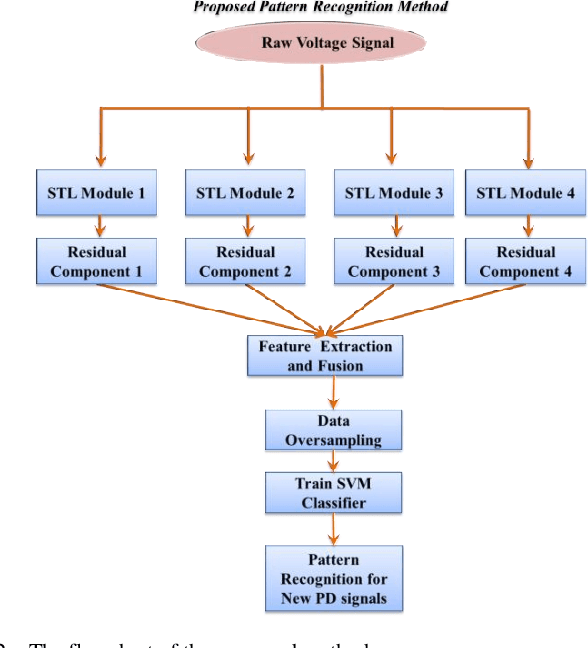Jessie Sun
A Stock Selection Method Based on Earning Yield Forecast Using Sequence Prediction Models
May 13, 2019

Abstract:Long-term investors, different from short-term traders, focus on examining the underlying forces that affect the well-being of a company. They rely on fundamental analysis which attempts to measure the intrinsic value an equity. Quantitative investment researchers have identified some value factors to determine the cost of investment for a stock and compare different stocks. This paper proposes using sequence prediction models to forecast a value factor-the earning yield (EBIT/EV) of a company for stock selection. Two advanced sequence prediction models-Long Short-term Memory (LSTM) and Gated Recurrent Unit (GRU) networks are studied. These two models can overcome the inherent problems of a standard Recurrent Neural Network, i.e., vanishing and exploding gradients. This paper firstly introduces the theories of the networks. And then elaborates the workflow of stock pool creation, feature selection, data structuring, model setup and model evaluation. The LSTM and GRU models demonstrate superior performance of forecast accuracy over a traditional Feedforward Neural Network model. The GRU model slightly outperformed the LSTM model.
A Pattern Recognition Method for Partial Discharge Detection on Insulated Overhead Conductors
May 12, 2019



Abstract:Today,insulated overhead conductors are increasingly used in many places of the world due to the higher operational reliability, elimination of phase-to-phase contact, closer distances between phases and stronger protection for animals. However, the standard protection devices are often not able to detect the conductor phase-to-ground fault and the more frequent tree/tree branch hitting conductor events as these events only lead to partial discharge (PD) activities instead of causing overcurrent seen on bare conductors. To solve this problem, in recent years, Technical University of Ostrava (VSB) devised a special meter to measure the voltage signal of the stray electrical field along the insulated overhead conductors, hoping to detect the above hazardous PD activities. In 2018, VSB published a large amount of waveform data recorded by their meter on Kaggle, the world's largest data science collaboration platform, looking for promising pattern recognition methods for this application. To tackle this challenge, we developed a unique method based on Seasonal and Trend decomposition using Loess (STL) and Support Vector Machine (SVM) to recognize PD activities on insulated overhead conductors. Different SVM kernels were tested and compared. Satisfactory classification rates on VSB dataset were achieved with the use of Gaussian radial basis kernel.
 Add to Chrome
Add to Chrome Add to Firefox
Add to Firefox Add to Edge
Add to Edge